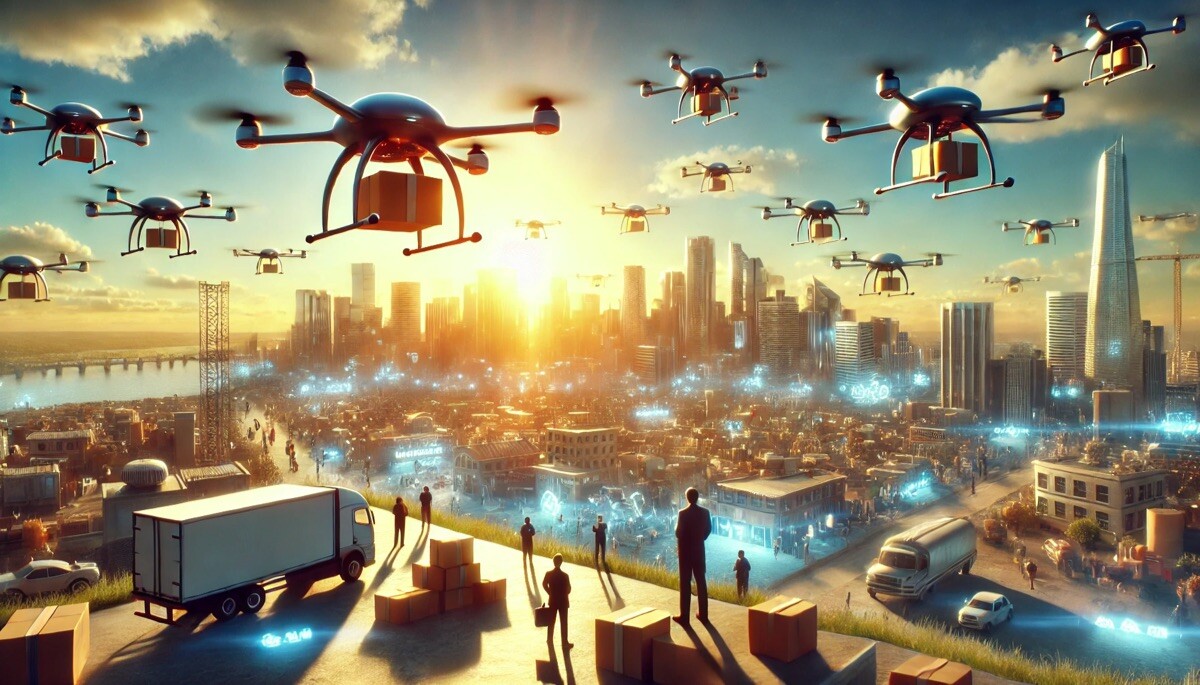
The Dawn of Commercial Drones: Transforming Industries and Saving Lives
As the technology expands to civilian use, another chapter in history is being written, sparking debate and prompting regulators to scramble to accommodate a growing demand for commercial units.
Diverse Applications
At least 50 companies are developing some 150 commercial systems — ranging from miniature models to those with wingspans comparable to airliners, according to the Wall Street Journal. And that’s just the beginning.
Law enforcement and emergency services are turning to drones to survey for criminal activity, for example, and even search for missing children or sniff out hot spots in forest fires. In fact, the Federal Aviation Administration granted approval for two commercial drone operations in the Arctic, to track oil spills and ice floes, keep tabs on migrating whales, and aid the U.S. Coast Guard in search-and-rescue operations, NBC News reported.
Challenges Overcome and Innovative Uses
When hostile regions — often with jagged shorelines, steep cliffs and rough seas — are a challenge for land-roving vehicles, drones become an affordable alternative to rise above the terrain. In Peru, UAVs guard ancient archeological ruins, while in India, they protect animals from poachers in the remote Kaziranga National Park.
Meanwhile, Matternet leans on the advantages of drones to fly healthcare goods and supplies to often far-flung and inaccessible areas. Instead of investing in expensive, time-consuming road infrastructure, it networks a series of drones with landing stations and routing software to cover larger swaths of territory than traditional, ground-based transportation.
Future Prospects and Growth
For example, in 2010, the company field-tested its first drone system after the devastation of the Haiti earthquake, delivering medication to the Petionville camp in Port-Au-Prince. Since then, current models can carry a two-kilogram payload over a 10-kilometer distance in just 15 minutes.
The drones fly at an altitude of 400 feet — safely away from other aircrafts — along preprogrammed routes between stations that can drop off or pick up payloads and take off again, and even automatically swap batteries.
“The vehicles that you can buy today for $1,000 can do amazing things, and it’s just the beginning of this technology,” Andreas Raptopoulos told the New Scientist. “Instead of big machines, like the ones the military use, we’re thinking small.”

